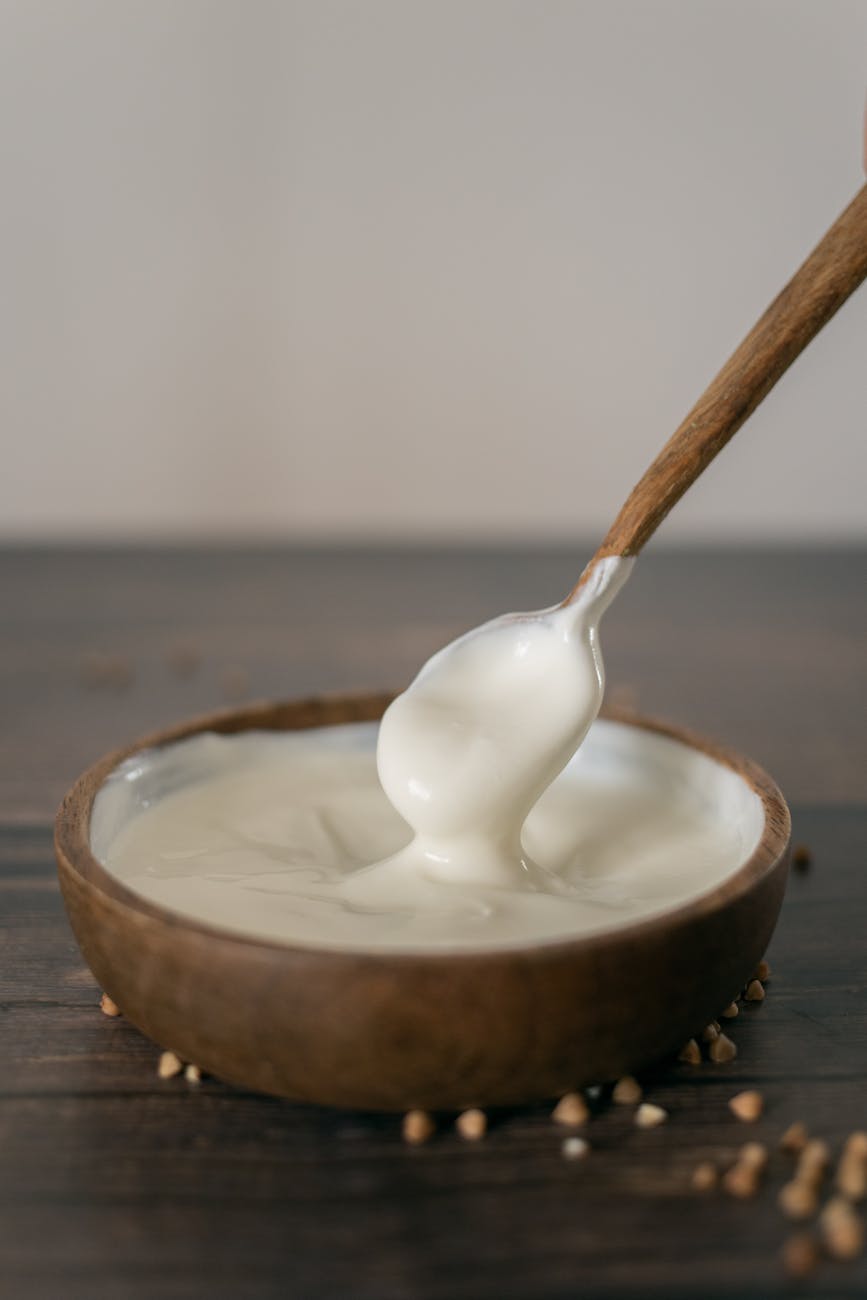
Dried pineapple, with its sweet, tangy flavor and chewy texture, makes for a delicious snack. But is it good for you? Let’s delve deeper into the health benefits and potential drawbacks of dried pineapple.
Is Dried Pineapple Good for You? Unveiling the Nutritional Profile
Yes, dried pineapple is good for you in moderation. It retains most of the nutrients found in fresh pineapple, including dietary fiber, antioxidants, and various vitamins and minerals. Here are some reasons why dried pineapple is a healthy snack:
- High in Dietary Fiber: One of the main benefits of dried pineapple is its high dietary fiber content. Dietary fiber is essential for the digestive system and overall health. It adds bulk to your diet, helping you feel full and satisfied, which can aid in weight management. Moreover, it helps prevent constipation, promoting regular bowel movements and contributing to a healthy digestive system.
- Rich in Antioxidants: Dried pineapple is packed with antioxidants, which are beneficial for preventing damage to your cells and reducing inflammation. Antioxidants help neutralize harmful free radicals in the body, protecting your cells from oxidative stress and reducing the risk of chronic diseases such as heart disease and cancer.
- Vitamins and Minerals: Dried pineapple is a good source of several vitamins and minerals, including vitamin C, vitamin A, and potassium. Vitamin C is crucial for a healthy immune system, skin health, and wound healing. Vitamin A supports eye health, while potassium helps regulate blood pressure and supports heart health.
Is Dried Pineapple Good for Weight Loss? A Closer Look
While dried pineapple is a low-fat source of quick energy, it is higher in calories and sugar than fresh pineapple. Therefore, if you’re trying to lose weight, it’s best to consume dried pineapple in moderation and as part of a balanced diet. The fiber in dried pineapple can help you feel full, potentially aiding in weight management. However, the high sugar content could contribute to increased calorie intake, which could challenge your weight loss efforts if not managed properly.
Is Dehydrated Pineapple Good for You? Understanding the Differences
Dehydrated pineapple shares the same benefits as dried pineapple. The dehydration process removes water from the pineapple, concentrating its nutrients and flavor. It’s a concentrated source of energy, fiber, and antioxidants. However, like dried pineapple, it’s also high in sugar and should be eaten in moderation.
Is Sweetened Dried Pineapple Good for You? The Sugar Factor
Sweetened dried pineapple can be a tasty treat, but it’s higher in sugar and calories than unsweetened dried or fresh pineapple. The added sugar increases the calorie content and could contribute to health issues like weight gain, tooth decay, and high blood sugar if consumed in excess. If you’re watching your sugar intake, it’s best to choose unsweetened dried pineapple or enjoy fresh pineapple.
Potential Uses of Dried Pineapple – How to use Dried Pineapple?
Dried pineapple isn’t just a nutritious snack—it’s also incredibly versatile and can be used in a variety of culinary applications. Its sweet and tangy flavor can enhance a wide range of dishes, from breakfast to dinner and everything in between. Here are some potential uses for dried pineapple:
- Breakfast Boost: Add dried pineapple to your morning oatmeal or yogurt for a tropical twist. It can also be mixed into a granola or trail mix for a quick and easy breakfast on the go.
- Baking Ingredient: Dried pineapple can be used in a variety of baked goods. It adds a sweet, fruity flavor to muffins, bread, cookies, and cakes. Try adding it to your favorite banana bread or carrot cake recipe for a delightful surprise.
- Salad Topper: Sprinkle some dried pineapple on your salad for a burst of sweetness. It pairs well with leafy greens, grilled chicken, and a tangy vinaigrette.
- Smoothie Addition: Blend dried pineapple into your smoothies for added sweetness and fiber. It pairs well with ingredients like banana, mango, coconut milk, and spinach.
- Cooking Ingredient: Dried pineapple can be used in savory dishes as well. It adds a sweet contrast to spicy or tangy flavors. Try adding it to a stir-fry, curry, or barbecue sauce.
- Snack Mix: Combine dried pineapple with nuts, seeds, and other dried fruits for a homemade snack mix. It’s a healthy and satisfying option for snacking on the go.
- Dessert Decoration: Use dried pineapple as a garnish for desserts. It can be placed on top of cakes, tarts, or ice cream for a beautiful and tasty decoration.
Can Dried Pineapple Be Bad for You? Potential Drawbacks
While dried pineapple has many health benefits, there can be some drawbacks:
- High in Sugar: Dried pineapple, especially the sweetened variety, is high in sugar. Consuming too much sugar can lead to health problems like weight gain, tooth decay, and increased risk of heart disease. It’s important to monitor your sugar intake and balance it with other nutrients in your diet.
- Calorie-Dense: Dried pineapple is calorie-dense, meaning it has a high number of calories compared to its weight. If you’re trying to maintain or lose weight, you’ll need to watch your portion sizes.
- Potential Allergies: Some people may be allergic to pineapple. If you experience symptoms like itching, swelling, or difficulty breathing after eating dried pineapple, seek medical help immediately.
In conclusion, dried pineapple is a nutritious snack that offers several health benefits. However, due to its high sugar and calorie content, it should be consumed in moderation. Always remember to maintain a balanced diet and consult with a healthcare provider if you have any dietary concerns.
Blog Tags: Dried Pineapple, Dehydrated Pineapple, Sweetened Dried Pineapple, Pineapple Benefits, High in Fiber, Rich in Antioxidants, Vitamins and Minerals, Weight Loss, Sugar Content, Calorie-Dense, Potential Allergies, Balanced Diet, Nutritious Snack, Health Concerns, Dietary Fiber, Healthy Digestive System, Immune System, Skin Health, Eye Health, Heart Health.












